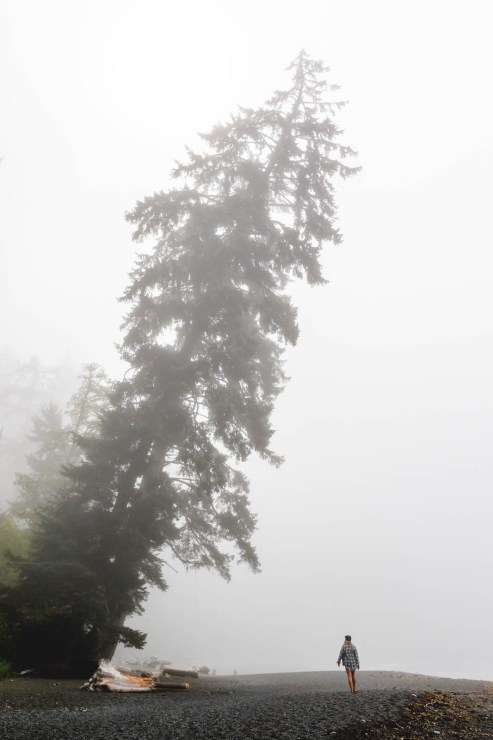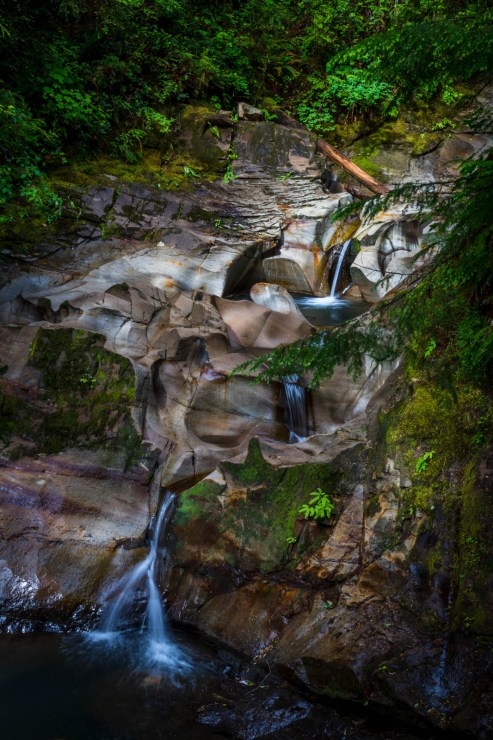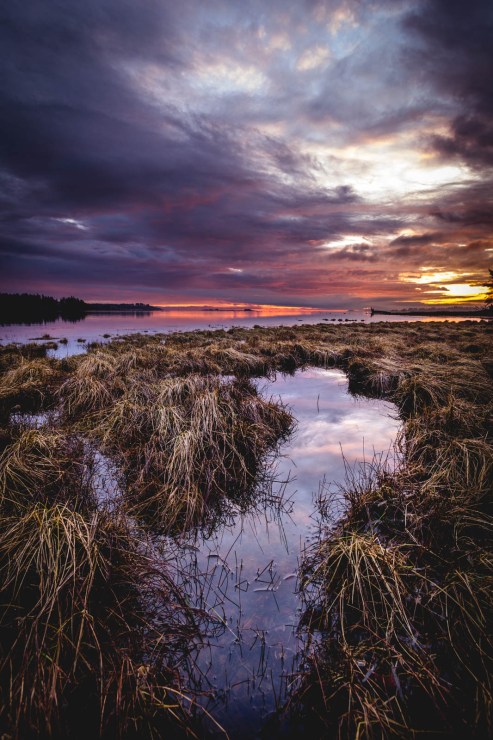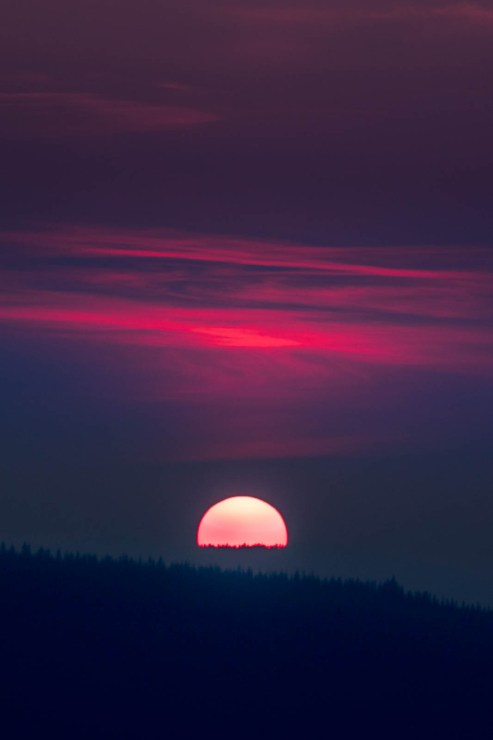A large majority of landscape photography is shot in the horizontal orientation. It’s often the most instinctive way to capture a scene in front of us, as it most similarly mimics how we view the world with our eyes. Our cameras are also built horizontally so it can feel more natural to use them in that orientation.
Many new photographers unknowingly create the habit of shooting landscapes in, well, landscape format. I know I did. But what happens if we rotate our cameras 90 degrees and capture the scenery in front of us in a vertical, (or portrait) composition?
Below are three reasons to shoot vertically in landscape photographythree reasons to shoot vertically in landscape photography.

1. Vertical subjects
This is the most obvious reason to shoot vertical, but can still be overlooked. Vertical subjects can be found in most landscape environments. Waterfalls, mountains, flowers and trees are all easy examples. By shooting vertically, you can better isolate your subject to give it the most attention in your image.

2. Foreground interest
Adding something into the foreground of your landscape image is one of the best ways to create a more dynamic image. A vibrant sunset over a body of shimmering water is beautiful and all, but add an interesting foreground element and viola, your capture is elevated to the next level. Suddenly your image has additional depth and tells more of a story.
Start by getting close to your foreground subject with a wide-angle lens. Alternatively, go above your foreground interest and angle the camera down slightly. You can also think about breaking your scene into three zones: Foreground, mid-ground and background. Try to have a visual component in all zones to help the viewer’s eye flow through the image.
In the image below, I wanted to add in the reflections in the tidal pool to compliment the epic sunrise. I used my wide-angle lens, got low and tilted my camera down slightly in order to do so.

3. Selling your images
If you’re hoping to sell your images, it’s important to keep in mind the potential uses for them. Print media such as magazines, posters and books will always appreciate vertical options. Buyers will want a range of options when looking at your stock photos. Remember that they have different layouts to fill with content and not every image is going to be horizontal.
You can also use vertical images to leave negative space for text or other advertising. This will also help highlight your subject while making it easy for any editor to insert marketing materials as needed.
Finally, a vertical image on most social media forums will be more prominent when people are scrolling through images. This especially holds true for Instagram, where vertical images take up a lot more screen space than their horizontal counterparts.

So, if you’re one of the people that generally shoot horizontally, I challenge you to go out and see what you can create in a vertical format. Look for vertical subjects that you want to isolate, or find interesting foreground elements to add depth to your image. And finally, if you’re hoping to sell your photos, don’t forget to think about what others might need when looking through your images.
Tell your story with the second annual Visual Storytelling Conference!
Experience four days of interactive, online training sessions featuring a range of educational content with experienced photographers and content creators. This free event kicks off with a series of technical boot camps to build essential skills, followed by live, online sessions on photography, video, business and social media. Join live from March 10-13, 2022!
